Out of
This World
UH Alum and Astronaut Akihiko Hoshide Makes His Mark in Space
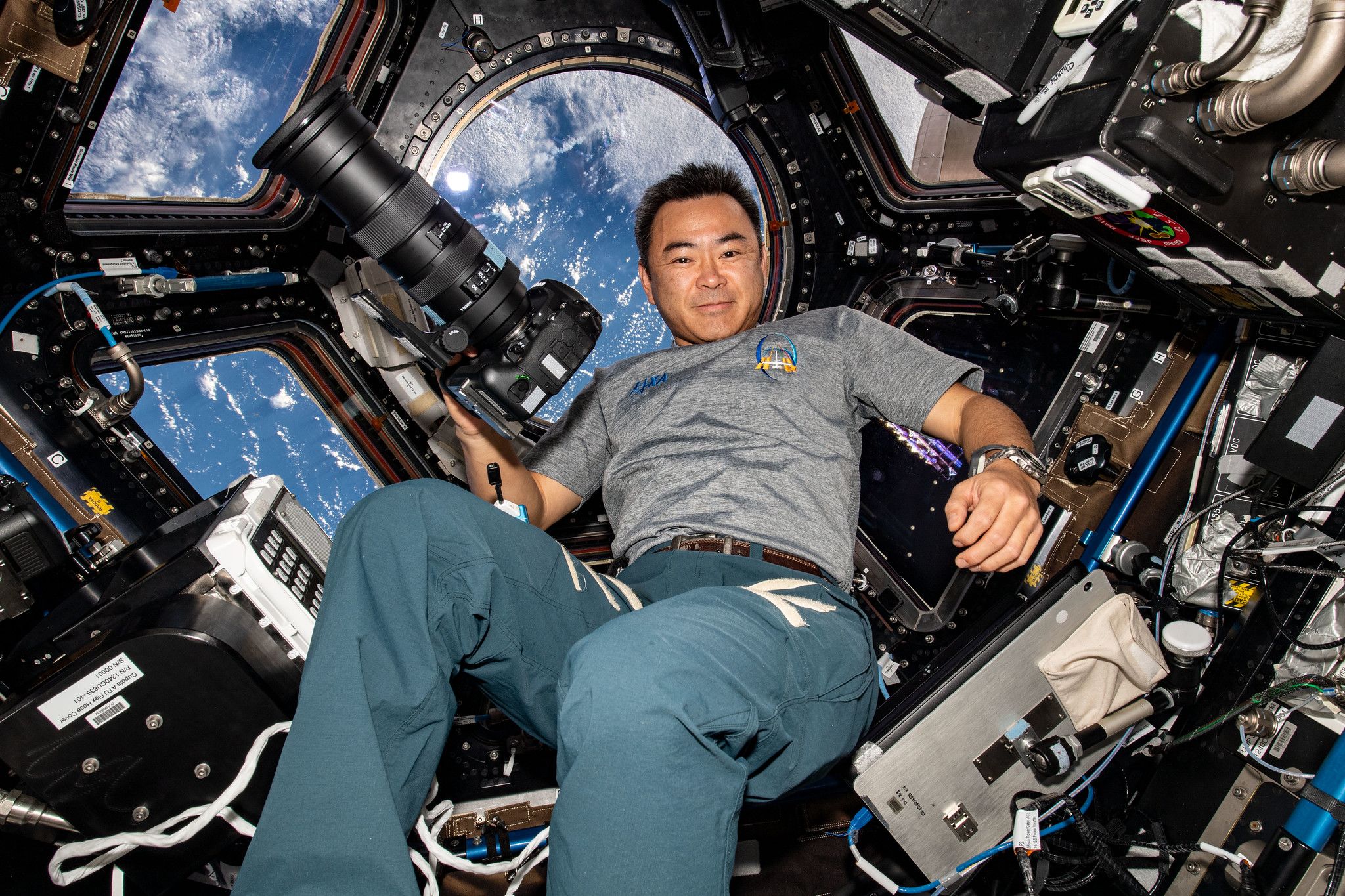
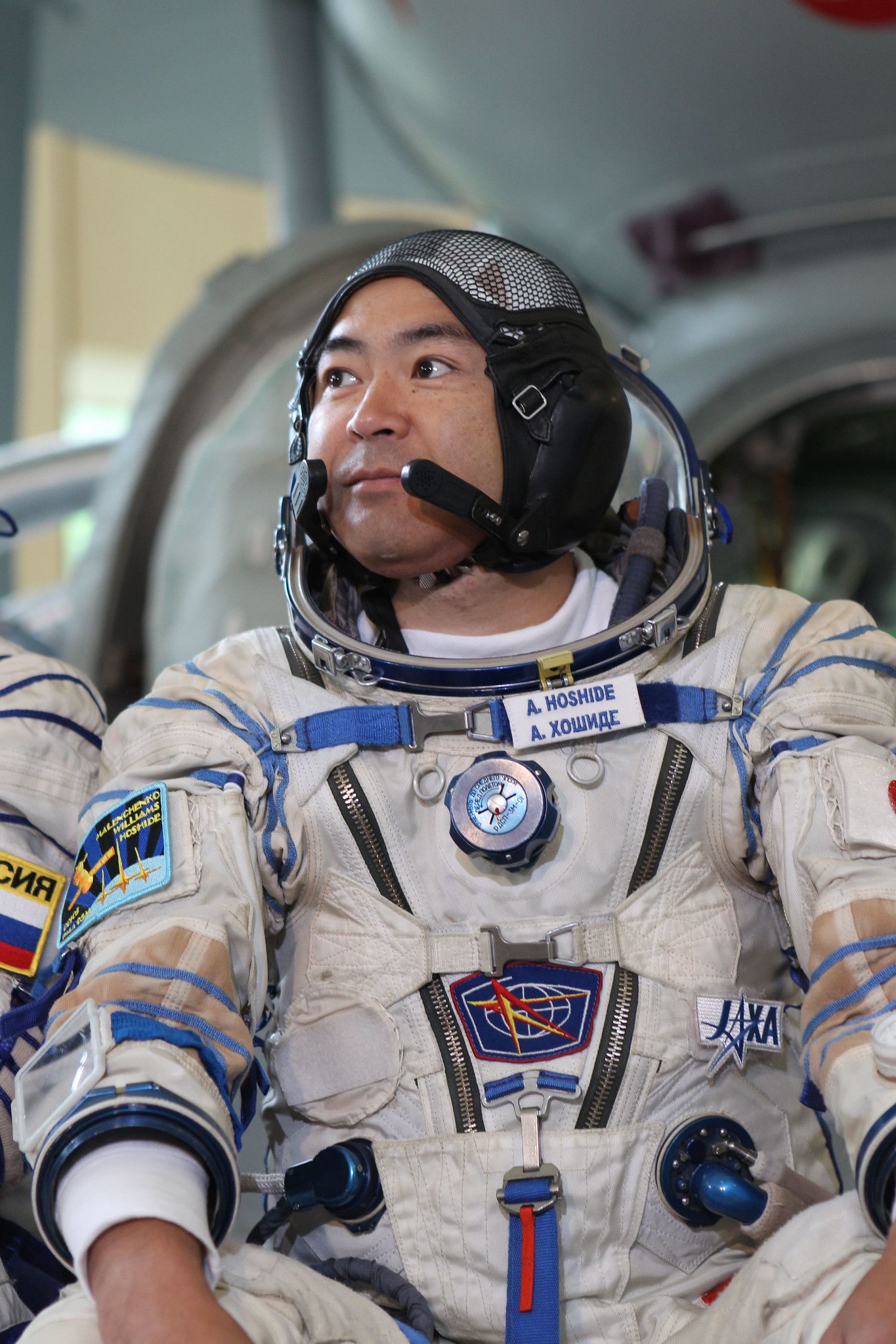
JAXA Astronaut Akihiko “Aki” Hoshide
JAXA Astronaut Akihiko “Aki” Hoshide
From the moment he saw his first rocket up close, Akihiko “Aki” Hoshide knew he wanted to be an astronaut. But his journey to outer space was far from typical, and it might not have happened at all without an unexpected, three-year stay in Houston.
Born in Tokyo in 1968, Aki spent a few of his childhood years in the United States where his father once took him to the Kennedy Space Center, which launched his lifelong love for space.
“That’s what started it for me, my dream of being an astronaut,” Aki said. “I looked at all of those rockets and thought to myself ‘how cool would it be to go into space?’”
In 1992, Aki graduated from Keito University in Tokyo with a Bachelor of Science in mechanical engineering, then joined the National Space Development Agency of Japan (which is now the Japanese Aerospace Exploration Agency, or JAXA). But circumstances would soon take him back to the U.S., and eventually to the University of Houston.
“In the Japanese space agency, we were allowed to take a year off and go study wherever you wanted to,” Aki said. “I asked my boss for that year, and he said yes, on one condition... he needed someone in Houston.”
“It’s not a luxurious hotel, but it’s not a camping trip either.”
- Akihiko “Aki” Hoshide

Aki arrived at the Johnson Space Center in 1994 as a support engineer helping astronauts prepare for their upcoming missions. But he still dreamed of one day being an astronaut himself.
“While I was there, I applied for Japan’s astronaut program, but when I didn’t make it, someone suggested I go get my master’s degree,” Aki said. “The University of Houston Cullen College of Engineering had what I was looking for, what I thought would help me prepare for the next astronaut candidate selection.”
Aki wasn’t the only JSC employee that saw the value in a master’s degree from UH. He studied with several co-workers who were involved in a variety of areas, including extravehicular activity training (EVA), programming and systems training.
“A lot of my classmates were also working at JSC, so learning from them, sharing ideas and stories was a huge help,” Aki said. “You got to see different aspects of space activity in that classroom, different systems, and it helped me to be able to speak the same language when talking about those systems.”
Not long after earning his Master of Science in aerospace engineering in 1997, Aki’s dream was realized when he was selected by the Japanese space agency as one of three candidates to work on the International Space Station (ISS). In 2001, after two years of training, he was certified as an astronaut, and flew his first mission (STS-124) aboard Space Shuttle Discovery in 2008.
“The first impact for me was seeing the ISS with my own eyes, getting close on the shuttle and actually see that massive facility just floating up there,” Aki said. “We’d seen bits and pieces of it on the ground but seeing it in space was unbelievable.”
Aki returned to the ISS aboard a Russian Soyuz capsule in 2012 as a flight engineer on Expeditions 32 and 33. Then, in April 2021, he launched on the SpaceX Crew-2 Dragon spacecraft for Expeditions 65 and 66 and served as ISS commander for the final five months before the crew returned to earth in November. It was the second manned mission in the new Commercial Crew Program and the nearly 200-day trip is the longest crewed capsule mission in U.S. spaceflight history.
In all, Aki has spent more than 340 days in space, including 332 on the ISS, and performed more than 28 hours of spacewalks. He’s traveled nearly 15 million miles on his missions which is a little less than a quarter of the way to Mars. That’s a lot of time spent in small spaces with several other crew members without most of the comforts of home.
“It’s not a luxurious hotel, but it’s not a camping trip either,” Aki said.
According to Aki, the bathroom has a suction fan built into it, so things don’t float away. There aren’t any showers, so the astronauts put shampoo and soap on towels and wipe themselves down. And space food is served in pouches and cans, but sometimes a new crew will bring something fresh like apples and oranges.
“The first three days you’re trying to adjust to everything but after that I was happy,” Aki said. “I didn’t have any complaints.”

Aki (far right) with the STS-124 Discovery crew before launch in 2008
Aki (far right) with the STS-124 Discovery crew before launch in 2008
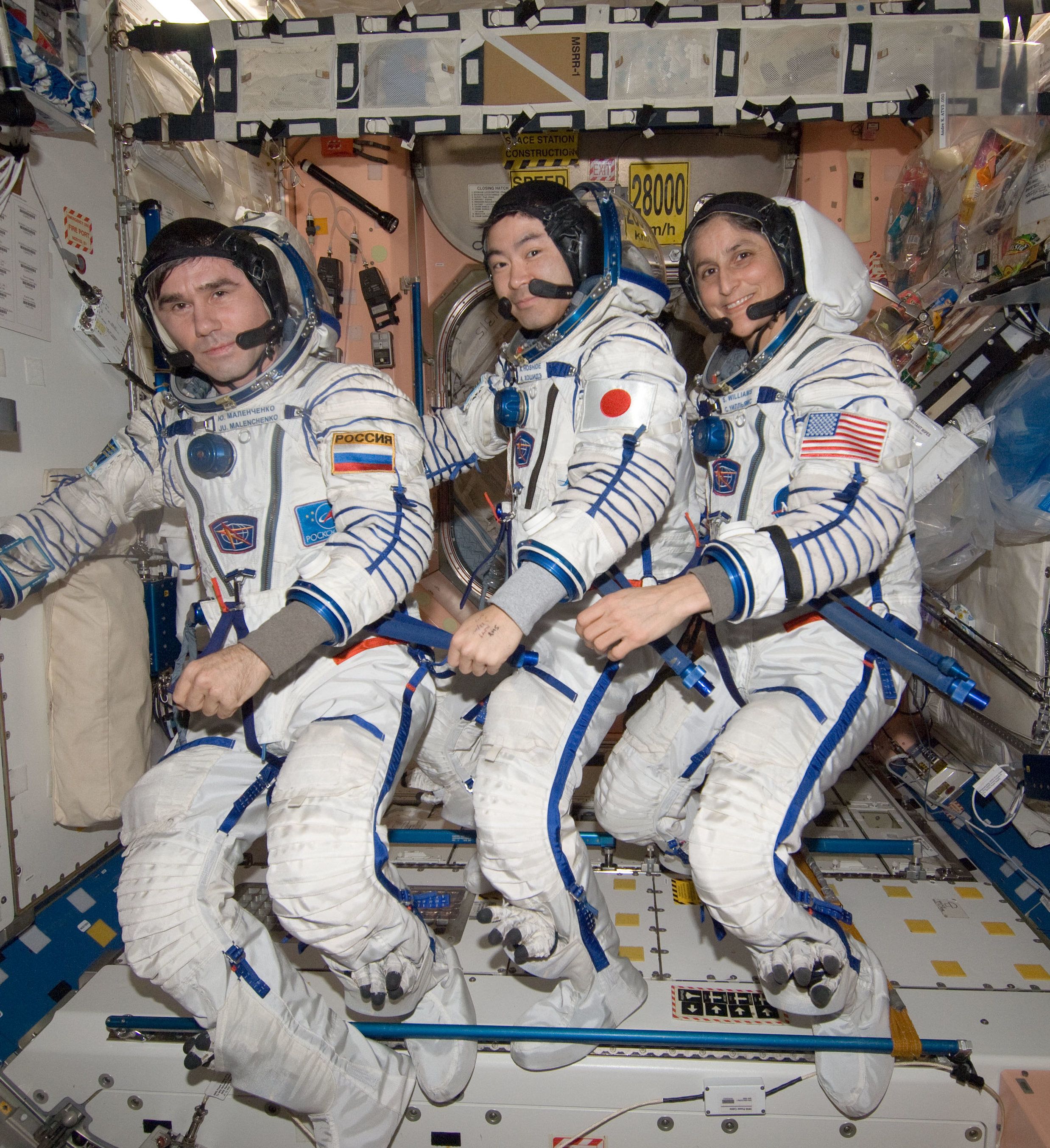
Aki (center) with NASA astronaut Sunita Williams and Russian cosmonaut Yuri Malenchenko on the ISS in 2012
Aki (center) with NASA astronaut Sunita Williams and Russian cosmonaut Yuri Malenchenko on the ISS in 2012
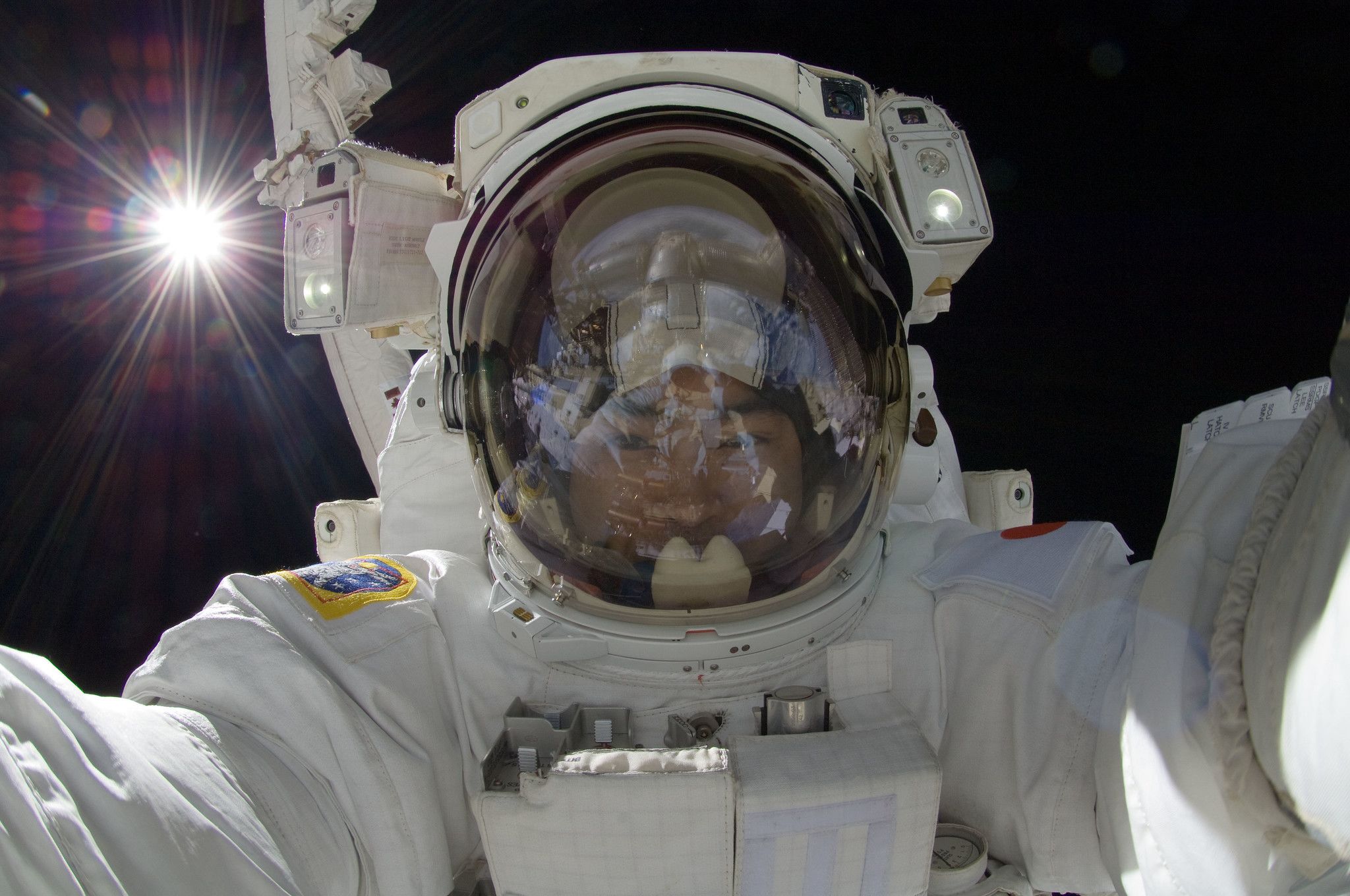


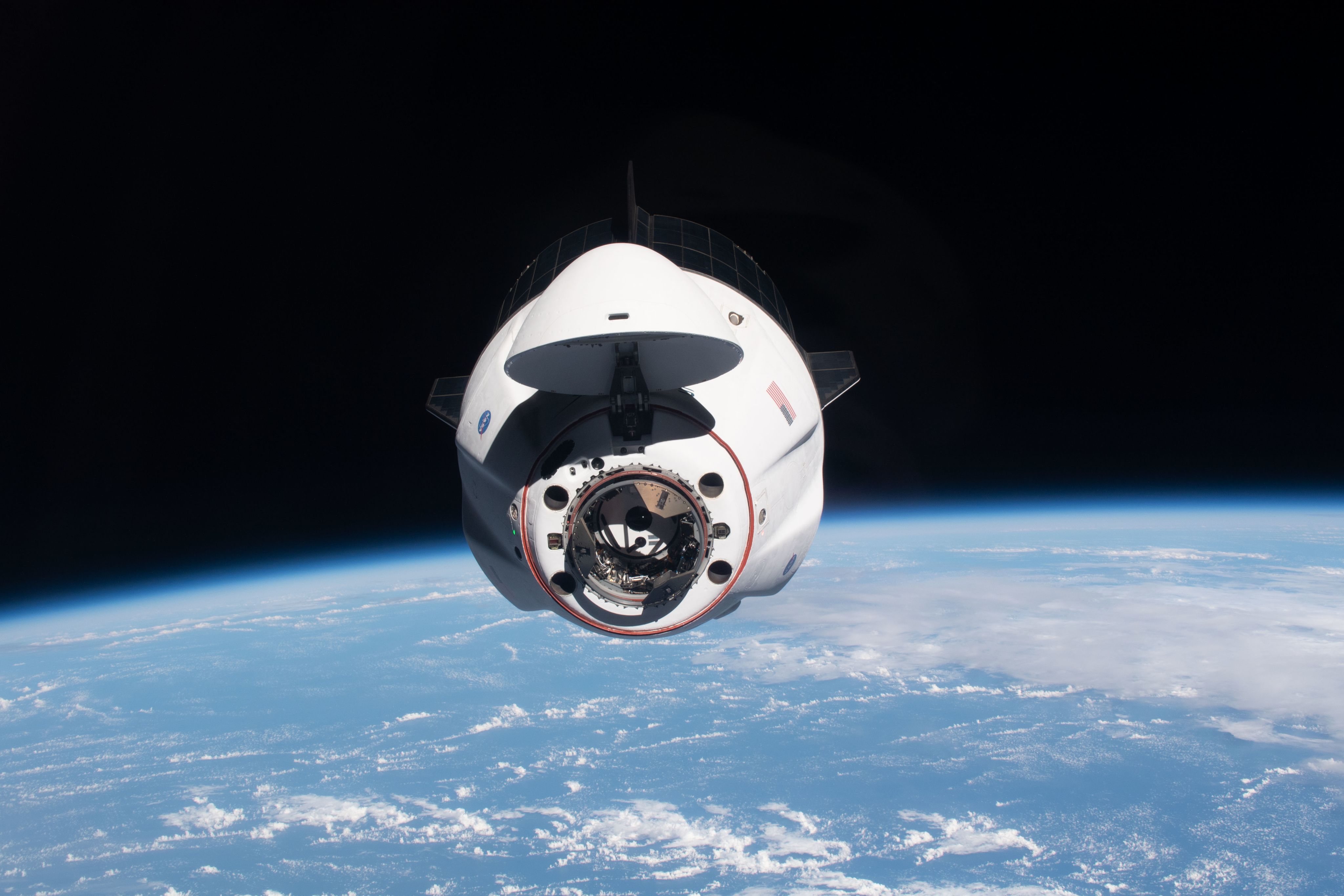

Aki takes a selfie during a six-hour spacewalk outside the ISS during Expedition 32 in 2012
Aki takes a selfie during a six-hour spacewalk outside the ISS during Expedition 32 in 2012

Aki installs a camera and performs repairs outside the ISS during Expedition 32 in 2012
Aki installs a camera and performs repairs outside the ISS during Expedition 32 in 2012

Aki installs a modification kit on the ISS during Expedition 66 in 2021
Aki installs a modification kit on the ISS during Expedition 66 in 2021

The SpaceX Crew Dragon Endeavour carrying four commercial crew astronauts departs the International Space Station.
The SpaceX Crew Dragon Endeavour carrying four commercial crew astronauts departs the International Space Station.
Aki is at least the ninth astronaut to earn an undergraduate or graduate degree from UH, and many other graduates have served in other civilian roles. With its home in the heart of “Space City” and proximity to the JSC, UH’s prominence in the space program isn’t surprising. In fact, it’s only growing. Last year, the UH System and NASA expanded a longtime partnership to work collaboratively on joint research, technology development and transfer, training and education and outreach initiatives. Aki’s message to those hoping to carry the UH space tradition further is simple.
“Work hard, study hard and challenge yourself,” Aki said. “I didn’t get into the astronaut corps until my third try, so when you bump into challenges, overcome them and strive for what you want to do.”
As for his own journey, Aki isn’t sure where he’s going next. Right now, he continues his work through JAXA supporting other missions and programs. He would love to return to space one day if his family and the agency allow him to. Whatever happens, he knows the future is bright.
“It’s a very exciting era with more commercialization happening and the Artemis missions taking us back to the moon,” Aki said. “And it will be challenging, but we could see someone land on Mars in our lifetime. Nothing is impossible.”

Other University of Houston Astronauts
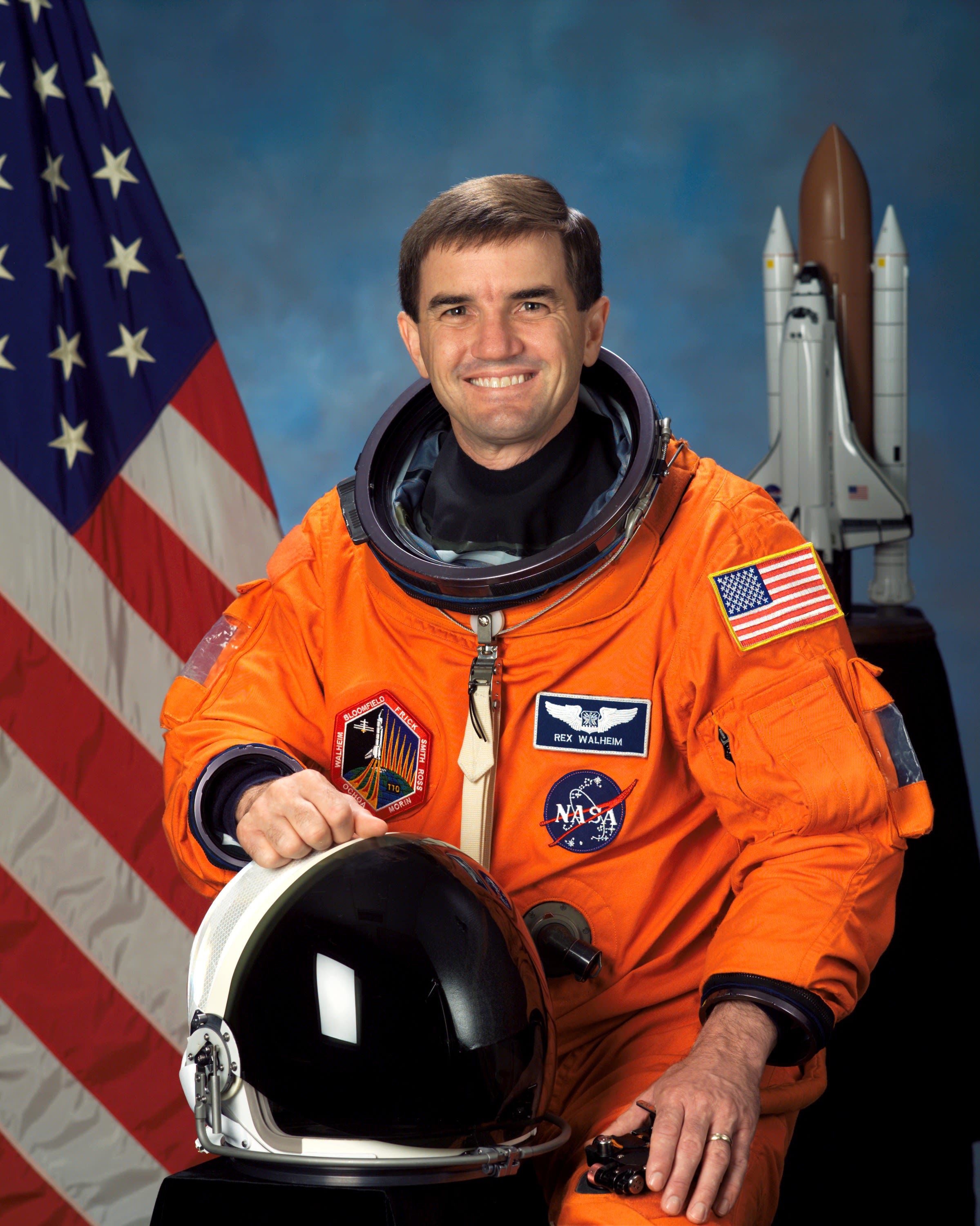
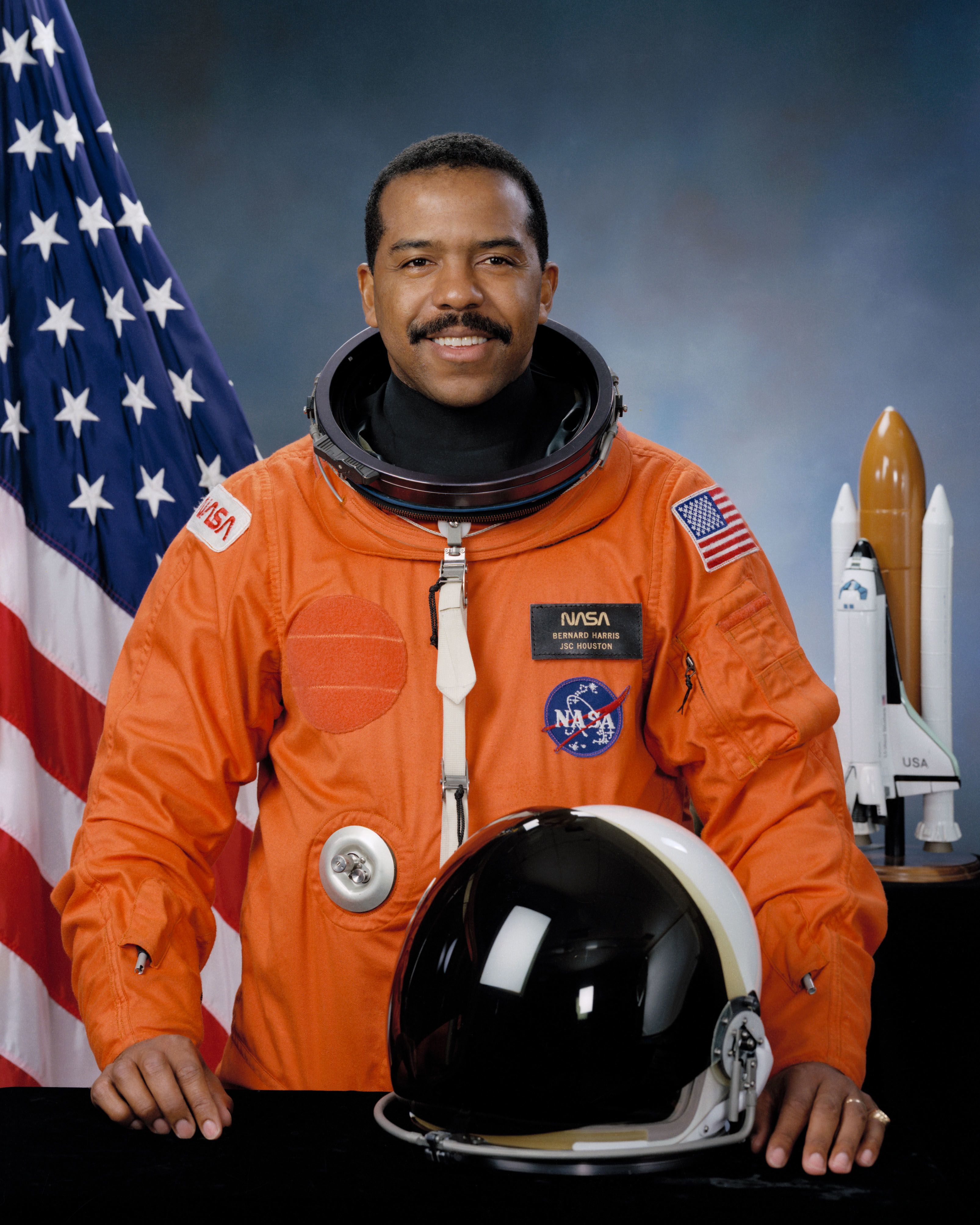







Rex Walheim earned a Master of Science in industrial engineering at UH in 1989. He flew on three shuttle missions: STS-110 Atlantis in 2002, STS-122 Atlantis in 2008 and STS-135 Atlantis in 2011.
Rex Walheim earned a Master of Science in industrial engineering at UH in 1989. He flew on three shuttle missions: STS-110 Atlantis in 2002, STS-122 Atlantis in 2008 and STS-135 Atlantis in 2011.

Bernard Harris earned a Bachelor of Science in biology at UH in 1978. He flew two shuttle missions, including STS-63 Discovery in 1995 during which he became the first African-American to walk in space.
Bernard Harris earned a Bachelor of Science in biology at UH in 1978. He flew two shuttle missions, including STS-63 Discovery in 1995 during which he became the first African-American to walk in space.

Bonnie Dunbar earned a doctorate in mechanical and biological engineering at UH in 1983. She flew five shuttle missions, including STS-71 Atlantis in 1995, the first shuttle to dock with the Mir space station.
Bonnie Dunbar earned a doctorate in mechanical and biological engineering at UH in 1983. She flew five shuttle missions, including STS-71 Atlantis in 1995, the first shuttle to dock with the Mir space station.

John “Danny” Olivas earned a Master of Science in mechanical engineering at UH in 1993. He flew on two shuttle missions: STS-117 Atlantis in 2007 and STS-128 Discovery in 2009.
John “Danny” Olivas earned a Master of Science in mechanical engineering at UH in 1993. He flew on two shuttle missions: STS-117 Atlantis in 2007 and STS-128 Discovery in 2009.

Nancy Jane Currie earned a doctorate in industrial engineering at UH in 1997. She flew four shuttle missions, including STS-88 Endeavour in 1998, which was the first ISS assembly mission.
Nancy Jane Currie earned a doctorate in industrial engineering at UH in 1997. She flew four shuttle missions, including STS-88 Endeavour in 1998, which was the first ISS assembly mission.

Maurizio Cheli, an Italian astronaut with the European Space Agency, earned a Master of Science in aerospace engineering at UH in 1994 and served as a mission specialist on STS-75 Columbia.
Maurizio Cheli, an Italian astronaut with the European Space Agency, earned a Master of Science in aerospace engineering at UH in 1994 and served as a mission specialist on STS-75 Columbia.

Storey Musgrave joined NASA as an astronaut/scientist in 1967 and flew on six space shuttle missions between 1983 and 1996. He earned a Master of Arts in literature at UH in 1987.
Storey Musgrave joined NASA as an astronaut/scientist in 1967 and flew on six space shuttle missions between 1983 and 1996. He earned a Master of Arts in literature at UH in 1987.

Donald Holmquest was selected as a scientist/astronaut in 1967 and worked in the Apollo and Skylab programs. He left NASA in 1973 and eventually earned his Juris Doctorate at the UH Law Center in 1988.
Donald Holmquest was selected as a scientist/astronaut in 1967 and worked in the Apollo and Skylab programs. He left NASA in 1973 and eventually earned his Juris Doctorate at the UH Law Center in 1988.
